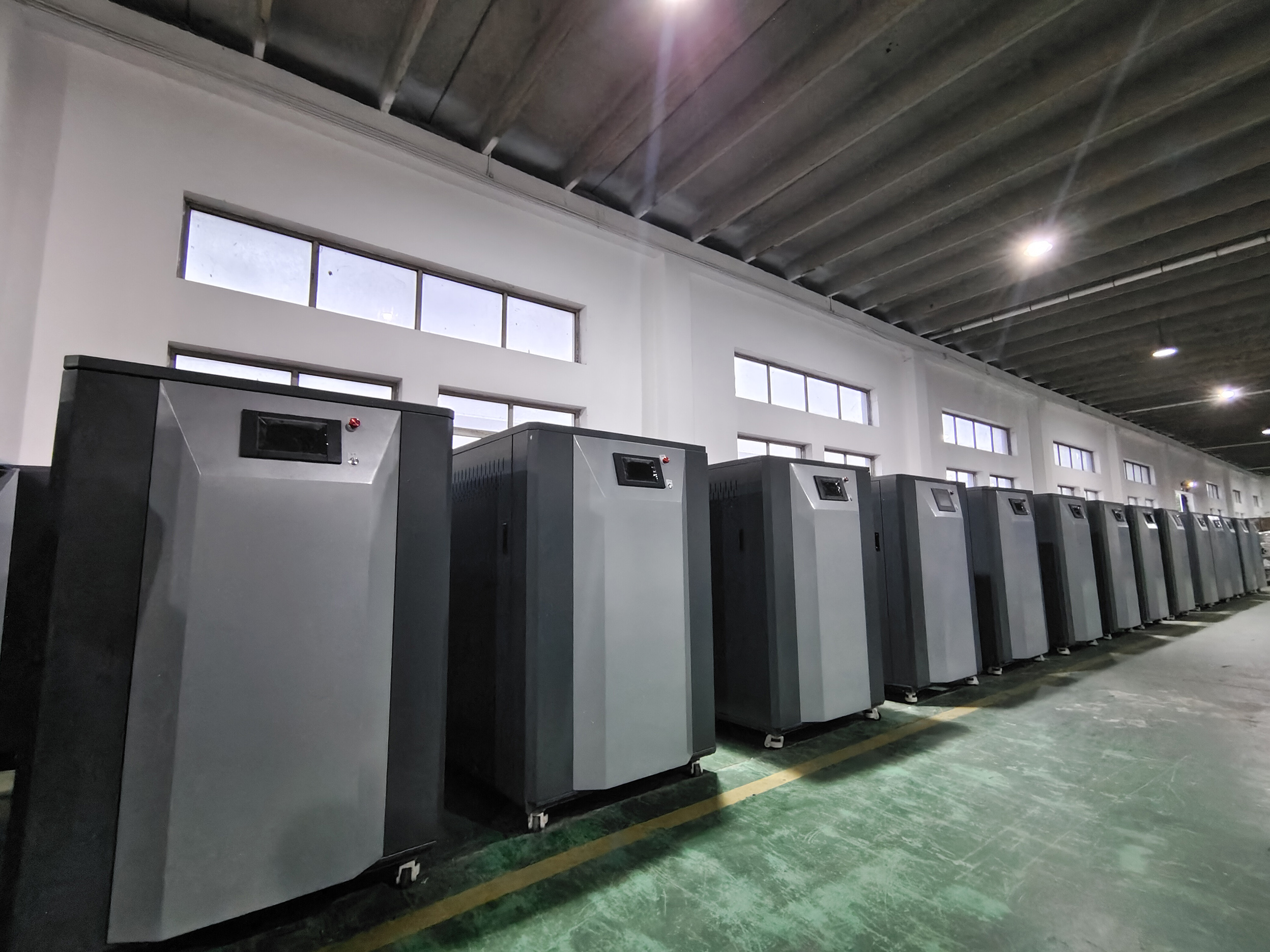Hyd . 31, 2024 01:15 Back to list
production of grey cast iron
The Production of Grey Cast Iron An Overview
Grey cast iron is one of the most widely used materials in industrial applications, renowned for its excellent casting properties, machinability, and wear resistance. As an alloy of iron, carbon, and silicon, grey cast iron is characterized by its distinctive grey color, which is due to the presence of graphite flakes within the matrix. This article explores the production processes, advantages, and applications of grey cast iron.
Production Process
The production of grey cast iron begins with the melting of high-grade iron scrap and pig iron in a furnace. The primary methods for melting include induction furnaces, cupola furnaces, and electric arc furnaces. Induction furnaces are commonly preferred for their energy efficiency and precise melting control. The molten metal is then combined with specific amounts of carbon and silicon, which are critical for achieving the desired properties of the final product.
Once the alloying elements are thoroughly mixed and the molten metal reaches the desired temperature, it is cast into molds. These molds can be made from sand, metal, or ceramic, depending on the requirements of the final product. The cooling process is crucial; it affects the formation of graphite and the overall microstructure of the cast iron. Controlled cooling can lead to the formation of fine, evenly distributed graphite flakes, which enhance the material's mechanical properties.
After casting, the components often undergo post-processing treatments, such as machining, heat treatment, or surface finishing. These steps are essential to meet precise tolerances and improve surface characteristics for specific applications.
Advantages of Grey Cast Iron
production of grey cast iron

One of the primary advantages of grey cast iron is its excellent castability, allowing for complex geometries to be formed with ease. Its ability to absorb vibrations makes it a popular choice for machinery and automotive applications, where noise reduction is essential. Additionally, grey cast iron exhibits good wear resistance, making it suitable for components exposed to friction and abrasion, such as engine blocks, cylinder heads, and brake discs.
The thermal conductivity of grey cast iron is another significant advantage, enabling it to dissipate heat effectively. This property is particularly valuable in engine manufacturing, where temperature control is critical to durability and performance.
Applications
Grey cast iron finds applications across various industries. In the automotive sector, it is extensively used for engine blocks, transmission cases, and various other components, thanks to its strength and durability. The manufacturing sector employs grey cast iron for machinery bases, tool holders, and machine frames because of its rigidity and vibration-damping characteristics.
Moreover, grey cast iron is used in the production of pipes, fittings, and valve bodies in plumbing and construction. Its corrosion resistance and longevity in harsh environments make it an ideal choice for these applications. Furthermore, artistic castings, such as sculptures and decorative items, benefit from the aesthetic qualities of grey cast iron.
Conclusion
In conclusion, the production of grey cast iron is a sophisticated process that combines metallurgy with practical applications across various industries. Its unique properties make it a versatile material suitable for a myriad of uses, supporting the manufacturing and automotive sectors while also finding a place in artistic endeavors. As industries evolve and new technologies emerge, the relevance of grey cast iron remains robust, adapting to meet the changing demands of modern applications.
-
Centrifugally Cast Iron Water Main Pipe for Reliable Mains
NewsAug.22,2025
-
Durable Centrifugally Cast Iron Water Main Pipe
NewsAug.11,2025
-
Centrifugally Cast Iron Water Main Pipes for Reliability
NewsAug.10,2025
-
High-Quality Centrifugally Cast Iron Water Main Pipes
NewsAug.09,2025
-
Durable Cast Iron Water Main Pipe & Drainage Solutions
NewsAug.08,2025
-
Buy Cast Iron Pipe: Premium Ductile Iron & Drain Solutions
NewsAug.07,2025


